Gzhel dishes: origin, features of creation, tips for choosing
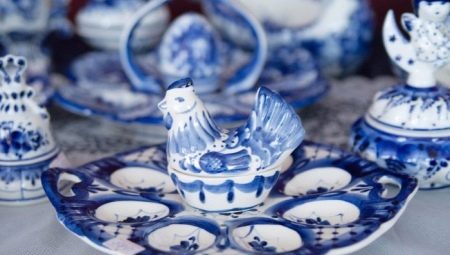
There is something fascinating about the Gzhel dishes - the characteristic blue-blue ornaments on the snow-white background make it very elegant. An item created using a special technology and with a special pattern will bring joy and beauty to your home. In order to make the right choice and not run into a fake, it is advisable to know about the features of such dishes in advance.

A bit of history
The very concept of Gzhel comes from a village with the corresponding name in the Moscow region, located 60 kilometers from the capital. Around it there were a number of other settlements, where they actively used the special refractory clay, which this area is rich in.
The settlements of the so-called Gzhel bush, in which they were engaged in various crafts, were first mentioned in the Spiritual Charter of Kalita, dating back to 1328. The high-quality clay mined there was used in the 17th century to create medical vessels. It is no coincidence that Gzhel was assigned to the Pharmaceutical Order by the decree of Tsar Alexei Mikhailovich. Local peasants, in contrast to the overwhelming majority in the country, were free people, not serfs.
Village craftsmen with experience were engaged in the manufacture of clay products. The children helped to apply the glaze. The painting was often trusted by girls. Then the almost finished things were burned. The technology of creation varied depending on the village. Each manufacturer kept the secret of his own production, passing it on only to his heirs.
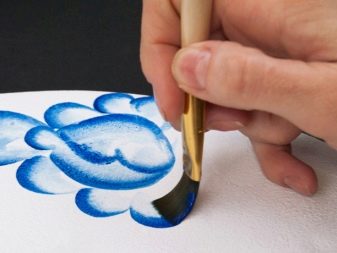
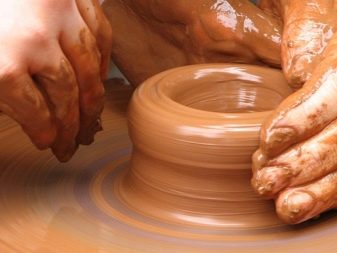
The rudiments of the future large-scale tableware production in the form of craft showed themselves in the 18th century - along with stove tiles, toys and bricks, local craftsmen also made tableware, which was mainly supplied to Moscow, being in great demand there.
Gzhel clay served as a material for the manufacture of the famous Russian porcelain, invented by chemist Dmitry Vinogradov.
Porcelain dishes became very fashionable at the end of the 18th century. Possession of it indicated that a person is included in a special circle and can boast of his wealth. The great demand for such products has provoked the development of its factory production. By the 70s, a wide range of tableware was already produced by about a hundred small factories. Gzhel manufacturers, who supplied porcelain to the imperial court, ensured themselves a completely comfortable life.
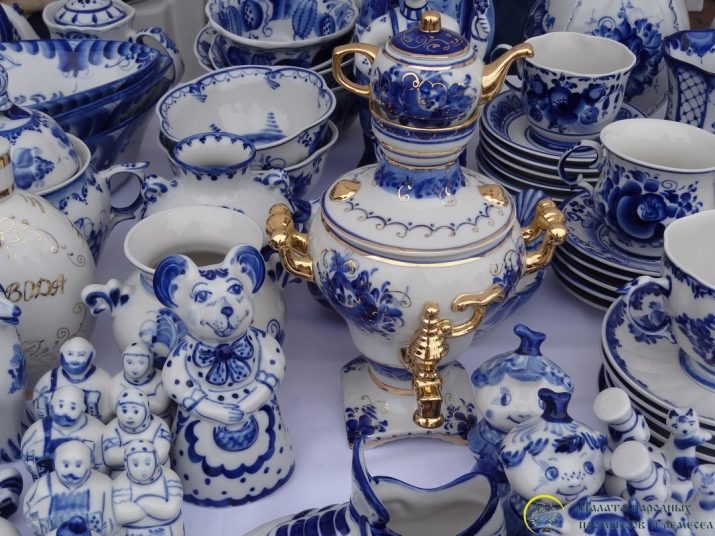
Some of the services that were created and painted here were designed for 150 people. The dishes sometimes had very bizarre shapes. For example, the handle of the jug was shaped like a branch, and the nose looked like a bird's beak, the figure of an animal acted as the hand of the product, “birds were sitting” on the body, and so on.
The sets were supplemented with small painted sculptures representing various everyday subjects. The touching naivety of images from folk life largely contributed to the preservation of the popularity of Gzhel porcelain, despite the fact that already in the 19th century the competition between porcelain factories was quite strong. Gzhel breeders received silver medals for their achievements in production.
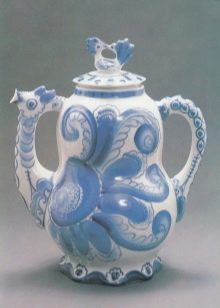
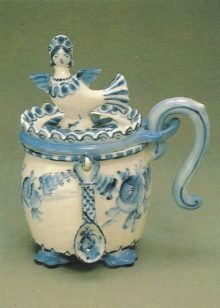
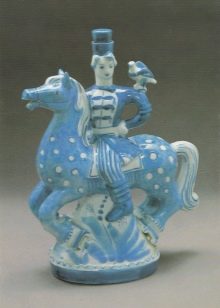
Curious that At first, the Gzhel dishes were multi-colored. It was painted using red, green, yellow colors. Special blue-blue paints began to be used in its painting in the second half of the 19th century. The characteristic blue-on-white pattern that has become the trademark, sometimes supplemented with golden outlines on the items, has given the dishes special features. Although the production itself has gone through a long period of decline. This happened at a time when, after the revolution, porcelain factories were nationalized, and life on them died out until the middle of the 20th century.
Today Gzhel porcelain belongs to the luxury class. Due to its practicality and special aesthetic qualities, it often acts as an expensive gift.
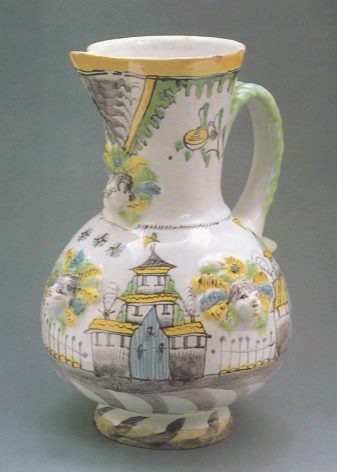
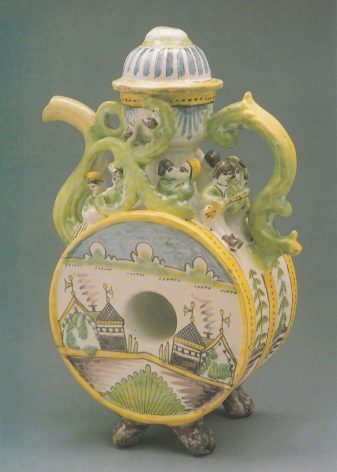
Technique features and popular patterns
The special blue-blue pattern on white in the Gzhel painting is achieved by using cobalt as a dye. The original exquisite painting is a combination of flowing lines, floral and plant ornaments. The dishes also depict real landscapes, buildings, figures of animals and people. The plots are often associated with Russian winter and fairy tales. The blue-blue palette allows you to make real paintings with a Russian flavor. The most popular are images of birds and roses.
Due to the combination of light blue and dark blue shades (of which there are more than 20), the images are unusual, deep and expressive.
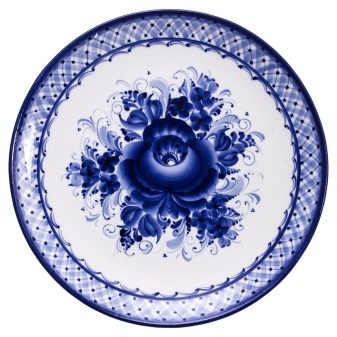
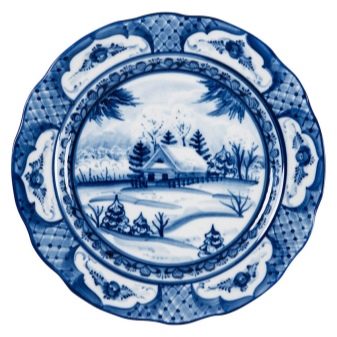
The drawing technique provides for the following tools:
- brushes;
- spatulas for mixing paints;
- cobalt oxides;
- palette.
When paint is applied to a ceramic surface, it looks black, and turns into blue after firing. All paintings on the dishes are created by hand. The strokes are applied in a special way. There is a whole range of techniques that allow you to create a drawing in a manner characteristic of Gzhel.
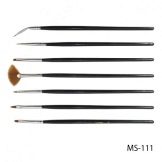
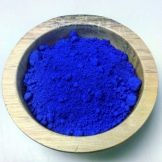
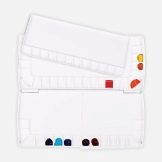
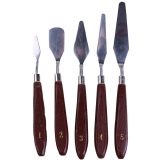
What products are painted?
The assortment of painted tableware in the Gzhel style is distinguished by a great variety; a variety of objects are decorated in the appropriate spirit. Thanks to this technique, a beautiful wall decorative plate can be attached to the wall, which performs an exclusively aesthetic function. Although the masters give a unique look to quite practical items, for example, tea or table sets.
If you do not need a complete set of dishes, you can choose:
- tea or coffee couple;
- kettle;
- coffee pot;
- a pancake plate with a lid - a pancake maker;
- oil can;
- creamer or milkman;
- container for spices;
- saucepan;
- cutlery such as spoons and stands for various purposes;
- dishes and plates;
- rusks and bread boxes;
- caviar or sprat dish;
- salad bowl;
- outlet;
- candy bowl;
- a cake maker or cake maker;
- beer mug or damask;
- stacks.
Craftsmen cannot do without painting and such colorful things as samovars, which even on a modern table look like practical design elements that add a special flavor to the tableware composition.
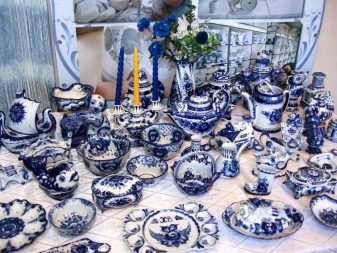
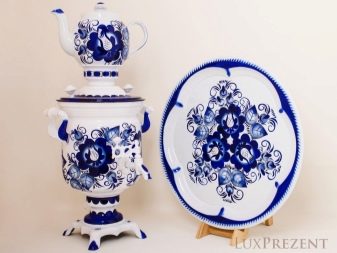
How to distinguish from a fake?
Real gzhel doesn't just decorate the house. Many people buy it for collections. The most valuable from an aesthetic point of view, objects replenish the funds of museums. The secret of success lies in the special charm of such things. You can admire them endlessly.
Considering that real Gzhel dishes are expensive and are in demand not only in our country, but also abroad, there are many products on the market that imitate the characteristic painting. Homebrew painters often use regular paints instead of cobalt oxide. You can distinguish originals from fakes if you look closely at the goods offered in the store.
Real Gzhel objects have a special pattern. He does not sin with smeared contours and lines. It can be seen that the master of painting worked thoughtfully, without haste. Even the smallest details of the images are well thought out and traced, and then polished. If the background of an item is not perfectly white and has roughness on it, then it is not Gzhel.
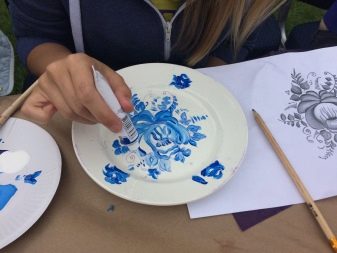
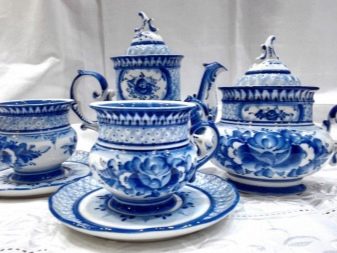
The branded product has a special stamp - a swan or a clear, large lettering "Gzhel" enclosed in an oval. The most valuable pieces are sold marked "hand-painted". Some have the author's surname.
It is convenient to use real gzhel. There are no objects of this kind with an unstable base or with loose lids. On sale you can find both porcelain and earthenware tableware. Both porcelain and earthenware include such components as:
- feldspar;
- kaolin;
- plastic clay;
- quartz.
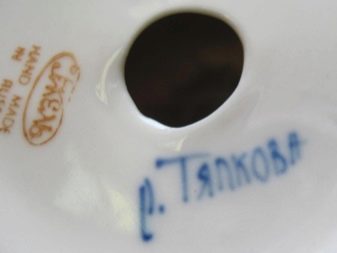
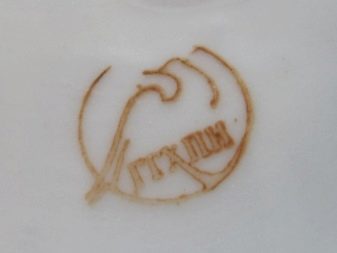
At the same time, the proportions of the compositions are different, which affects the physical properties of the dishes. Real Gzhel porcelain is very light and sonorous, waterproof. When a cup of Gzhel is brought up to the light, it shines through.
If you are holding a product that has a noticeable weight, it is faience. When tapped, a dull sound is heard from it. In addition, if a crack appears on such a product, it can be thrown away.
Real Gzhel dishes are heat-resistant... Since the drawing is applied under the glaze, and the dishes themselves are created according to a certain technology, they are not afraid of any temperatures. This design can be safely put in the microwave, the enamel will definitely not suffer. The most obvious sign of real Gzhel is the high price tag. But here you have to decide for yourself what is more important - real Gzhel dishes or their factory imitation, beautiful, but with all the signs of continuous production.
You will learn how to paint dishes using the Gzhel technique in the following video.








